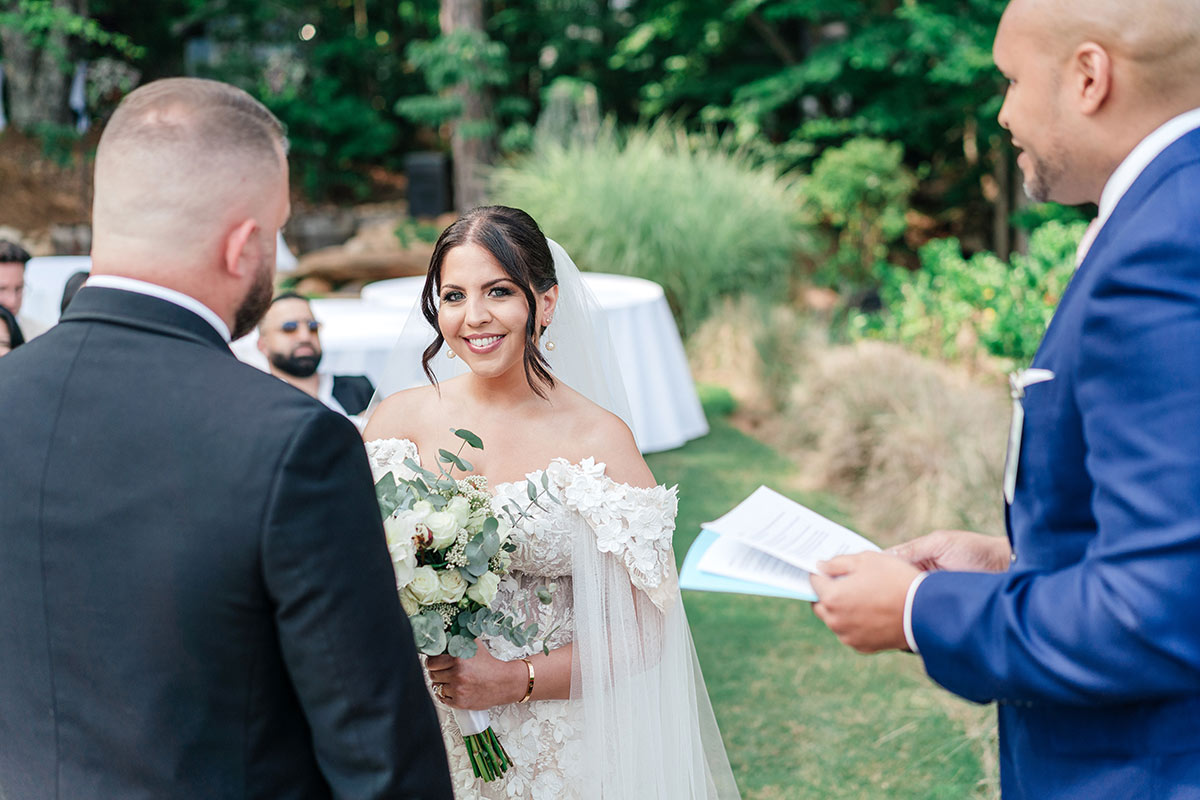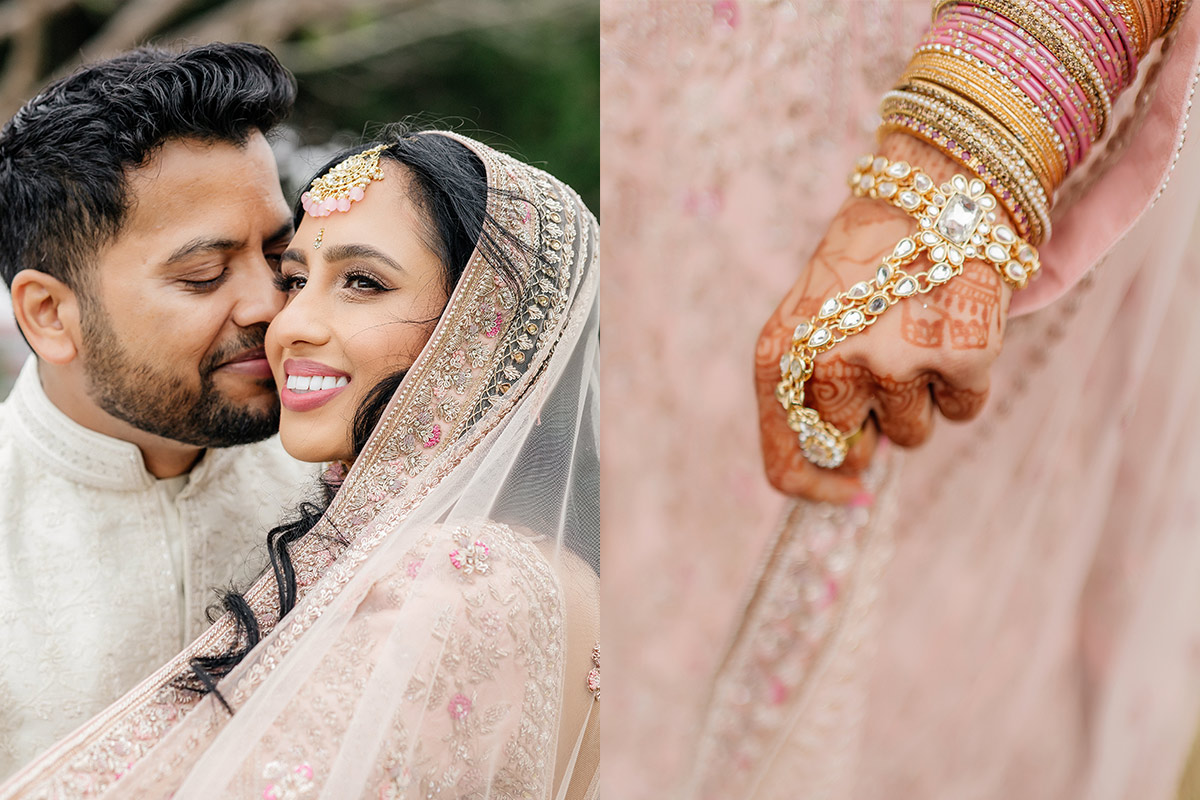Why Do We Say ‘Tying the Knot’? Exploring the History Behind the Phrase
The phrase “tying the knot” is a familiar idiom that resonates across various cultures and languages, symbolizing the act of marriage. But have you ever wondered where this phrase originated and why it has become so synonymous with the act of getting married? In this article, we will embark on a journey through time, exploring ancient civilizations, delving into cultural rituals, and uncovering the historical context that gave birth to this enduring expression.
Introduction to the Phrase: Understanding ‘Tying the Knot’
The colloquial expression “tying the knot” deeply roots itself in the tapestry of marital traditions and symbolizes getting married. Its widespread use in the English language testifies to the enduring fascination and importance of marriage as an institution. The phrase evokes images of unity, strength, and the inseparable bond that marriage aims to represent. Its origins and association with marriage are as intriguing as they are varied.



‘Tying the knot’ goes beyond being a mere linguistic curiosity; it reflects how human societies have historically viewed and celebrated the union of two individuals. This expression acts as a metaphorical bridge that connects the physical act of tying a knot with the emotional and spiritual act of marriage. It represents the intertwining of lives, the securing of a relationship, and the creation of a bond meant to be enduring and strong. Understanding this phrase means delving into a rich tapestry of history, culture, and symbolism that goes beyond mere words and touches the essence of human relationships.
Early Origins: Tracing the Phrase Back in Time
The historical journey of the phrase “tying the knot” leads us back to several ancient civilizations where the tying of knots held significant cultural and spiritual symbolism. In many cultures, people viewed knots as symbols of continuity, security, and eternity, owing to their endless nature. This symbolism naturally found its way into the institution of marriage, which people have always considered a permanent and sacred bond.
One of the earliest known connections between knot tying and marriage originates from ancient Egypt. Here, people believed that tying knots possessed magical properties. The Egyptians saw the knot as a symbol of eternal life and love, with its endless loop representing continuity and longevity. Similarly, in ancient Roman times, a special knot tied in the bride’s girdle became a crucial part of the wedding ceremony. The groom had to untie this knot, symbolizing the unification of the couple and the start of their life together.



In Hindu weddings, the ritual of ‘Mangal Sutra’ involves tying a necklace with three knots around the bride’s neck, symbolizing her marital status and the couple’s commitment to each other. This ritual underscores the importance of knots as a symbol of union in different cultural contexts. The physical act of tying these knots is imbued with deep spiritual and emotional significance, reinforcing the idea that marriage is not just a legal contract, but a sacred bond.
Cultural Significance: How Different Cultures Interpret the Knot
The interpretation and significance of the knot in marriage vary widely across cultures, each adding its unique flavor and meaning to the concept of ‘tying the knot.’ In many cultures, the knot is more than just a symbol; it is a central part of the wedding ceremony, imbued with ritual and meaning.
In Celtic traditions, the term ‘handfasting’ was used, where the hands of the couple were literally tied together to symbolize their union. This practice, often seen as a precursor to the modern phrase ‘tying the knot,’ was a visible and physical representation of the couple’s commitment to each other. In some interpretations, each loop and twist of the knot had specific meanings, like love, happiness, and longevity.


In Chinese culture, the knot takes on a decorative and symbolic role in weddings. The traditional ‘Chinese knot’ is a symbol of good luck and prosperity, often used in wedding decorations and attire. The intricate design of these knots, which have no beginning or end, symbolizes the couple’s journey together: complex, interconnected, and without end.
The interpretation of knots in African cultures varies, but often includes elements of binding and connecting. In some African wedding ceremonies, braiding grass or straw into knots symbolizes the intertwining of two families, bringing them together as one. This act is not just about the couple, but about creating a new community, united by the bonds of marriage.


Ancient Rituals and Their Influence on Modern Weddings
The enduring phrase “tying the knot” vividly connects ancient rituals to modern weddings, showcasing its deep roots in history. Various cultures used literal knots in their wedding ceremonies, imbuing them with profound symbolic meanings. These ancient rituals, rich in symbolism, have significantly influenced contemporary wedding practices, echoing through time in various forms and traditions.
For instance, in ancient Rome, the ‘knot of Hercules’ formed a significant part of the wedding attire. Brides wore this knot in their girdle, and it was known for being difficult to untie, symbolizing strength and invincibility – qualities highly valued in marital bonds. The groom undertook the task of untying this knot, metaphorically representing overcoming the challenges of married life and illustrating the couple’s ability to work through life’s difficulties together. This ritual not only underscores the importance of unity and perseverance in marriage but also shows how historical traditions have seamlessly integrated into the fabric of modern matrimonial ceremonies.


The Knot in Literature: References Through the Ages
The metaphor of the knot in the context of marriage has been a recurring theme in literature throughout history, underscoring its deep-seated significance in human culture. From ancient texts to Shakespearean plays, the knot has been used both literally and figuratively to represent the union of marriage.
Shakespeare, in his plays, frequently used knot imagery to signify marriage. In ‘Twelfth Night,’ for example, the character of Olivia mentions a “true-love knot.” This not only implies a physical binding but also represents the intertwining of hearts and lives in a romantic and eternal bond. Shakespeare’s use of the knot as a metaphor for marriage and love illustrates how deeply ingrained this symbol was in the social consciousness of the time.



Even earlier in Greek mythology, the Gordian knot symbolized a complex problem that a simple action could solve, often paralleling the complexities of marriage. Gordius tied this legendary knot, and Alexander the Great famously untied it. Many view the story as a metaphor for finding simple solutions to seemingly impossible problems, akin to navigating the complexities of a marital relationship.
The Knot in Popular Media: Movies, Books, and More
In the realm of popular media, the phrase “tying the knot” has found a prominent place, symbolizing the journey into marriage with a blend of humor, drama, and sentimentality. Movies, particularly romantic comedies, often revolve around the concept of a couple preparing to tie the knot. These films explore the journey to the altar, laden with humorous misunderstandings, family dynamics, and the chaos of wedding planning. The knot, in these contexts, becomes a metaphor for the entanglements and complexities that the characters must navigate before they can successfully unite in marriage. The portrayal of these stories not only entertains but also mirrors the real-life experiences and emotions associated with weddings. From the joyful moments to the stressful planning, the knot serves as a fitting symbol for the diverse experiences that encapsulate the journey to marriage.



In literature, the knot takes on a more introspective role. Contemporary authors use the concept to delve into the emotional and psychological dimensions of marriage. Novels often feature characters wrestling with the decision to marry, exploring themes of commitment, love, and the intertwining of lives. The knot here represents not just the physical union, but also the complex emotional and mental union that marriage entails. This use of the knot in books and other written media highlights its symbolic power to represent the depth and intricacy of marital relationships. Through these stories, readers gain insights into the multifaceted nature of tying the knot, reflecting the joys, challenges, and profound significance of this life-changing decision.
Evolution of the Phrase in Contemporary Weddings
In contemporary weddings, “tying the knot” has taken on diverse meanings, reflecting the evolving nature of modern marriages. More than just an echo of historical traditions, it now celebrates each couple’s unique narrative and style. Today’s weddings often reinterpret this time-honored phrase through various forms, from literal handfasting ceremonies to abstract elements like themed decorations and personalized invitations. Another intriguing adaptation is the use of the wedding lasso, a tradition popular in Latin American cultures. This versatility allows couples to weave their heritage, beliefs, and individuality into their ceremonies, making ‘tying the knot’ a profoundly personal and significant act. As wedding customs become more tailored to personal tastes, the phrase remains a flexible and resonant metaphor for marriage.
Beyond symbolism, ‘tying the knot’ has also permeated the practicalities of wedding planning. Used in marketing and branding by wedding planners and online platforms, it connects with couples on their matrimonial journey. This shows how deeply ingrained the phrase is in the cultural fabric of weddings and its ongoing adaptation over time. Whether in traditional practices or contemporary interpretations, ‘tying the knot’ continues to symbolize the commitment and love at the heart of marriage.


The Future of ‘Tying the Knot’: Trends and Predictions
Looking towards the future, ‘tying the knot’ is likely to continue its evolution, adapting to the changing landscape of societal norms, technological advancements, and cultural trends. As we see a rise in digital and virtual experiences, the phrase may take on new forms, perhaps being integrated into online wedding celebrations or virtual reality ceremonies. Additionally, as society becomes more inclusive and diverse, ‘tying the knot’ might expand to represent a broader spectrum of love and relationships, transcending traditional definitions and embracing a more universal and encompassing interpretation of marriage.


In conclusion, the journey of the phrase ‘tying the knot’ from its ancient origins to its present-day significance is a testament to the enduring nature of marriage as a human institution. Its ability to adapt, evolve, and resonate across cultures and generations highlights the universal nature of love and commitment that it symbolizes. As we move forward, ‘tying the knot’ will undoubtedly continue to be a poignant and evocative expression of the journey of two people coming together to start a new chapter in their lives. The phrase, rich in history and symbolism, will remain a vital part of the marital lexicon, capturing the essence of the union and the timeless tradition of marriage.
